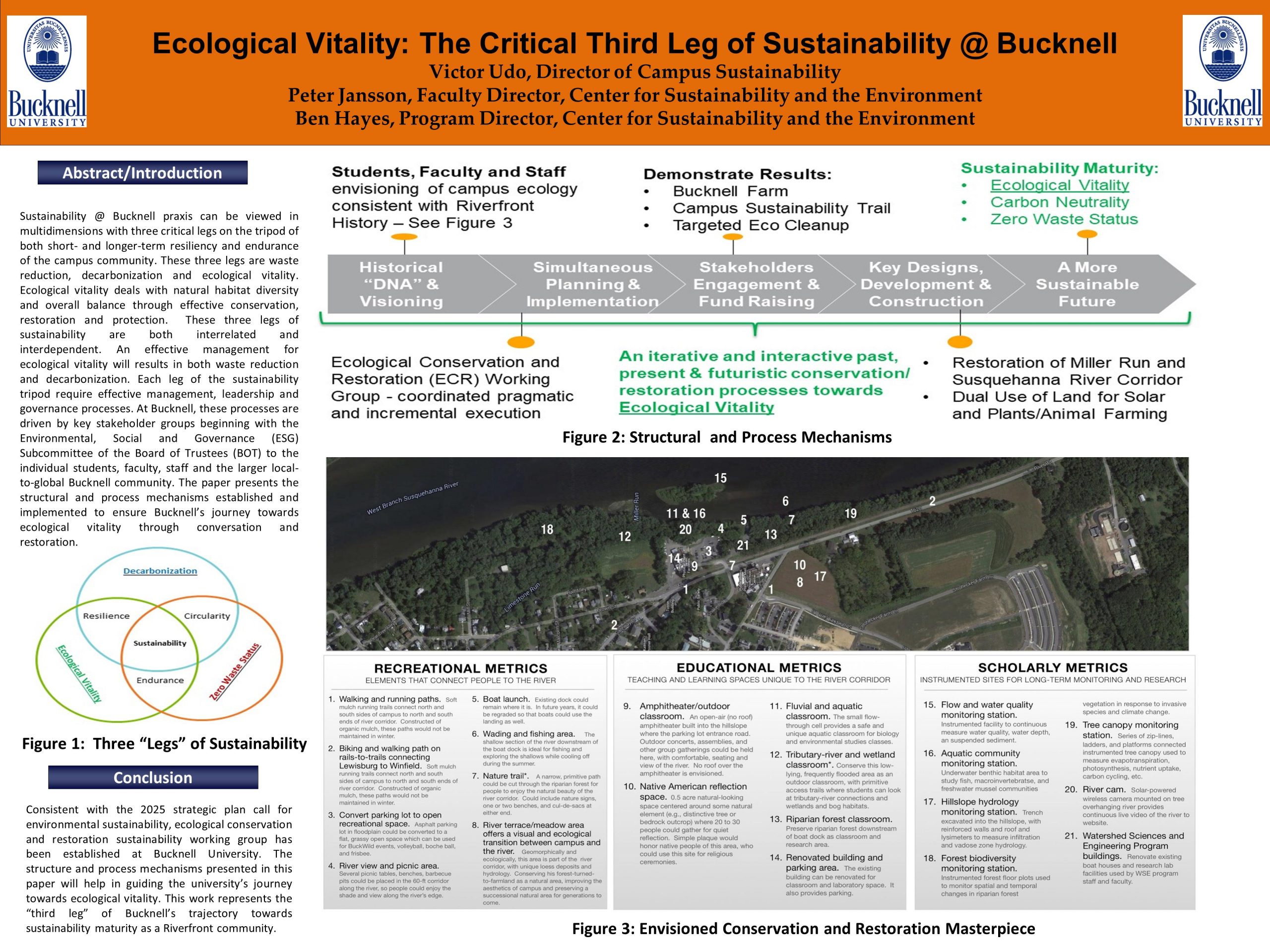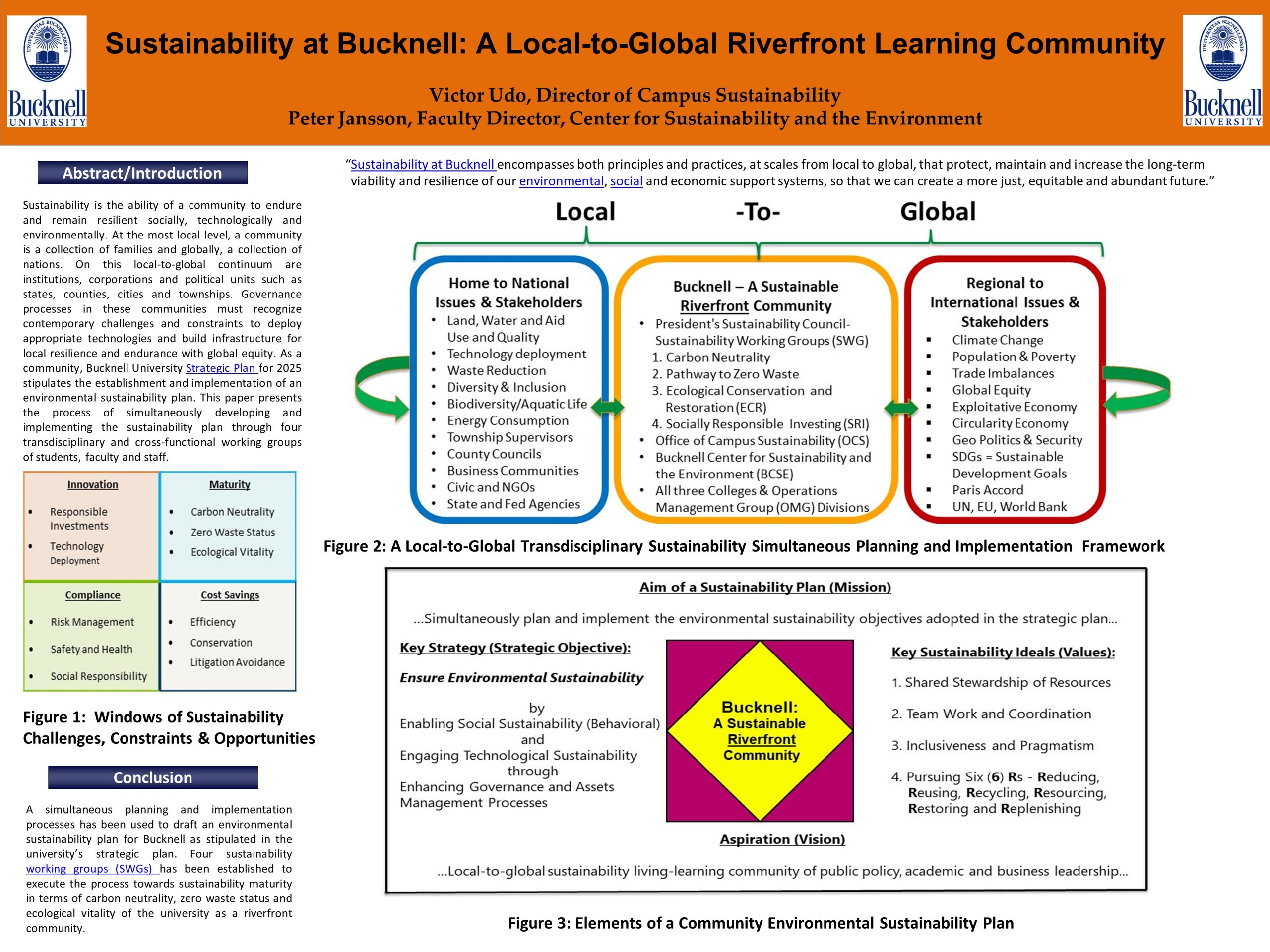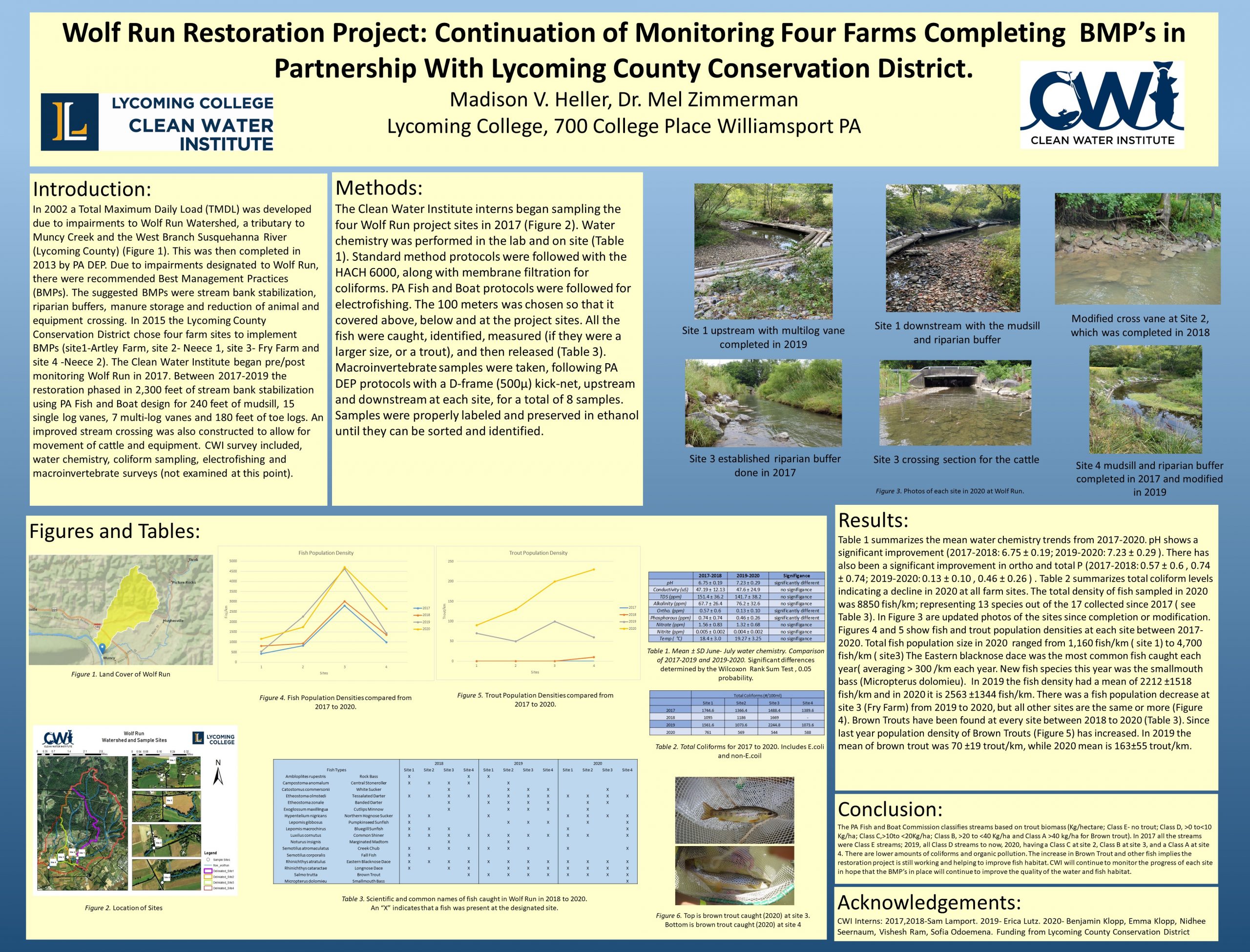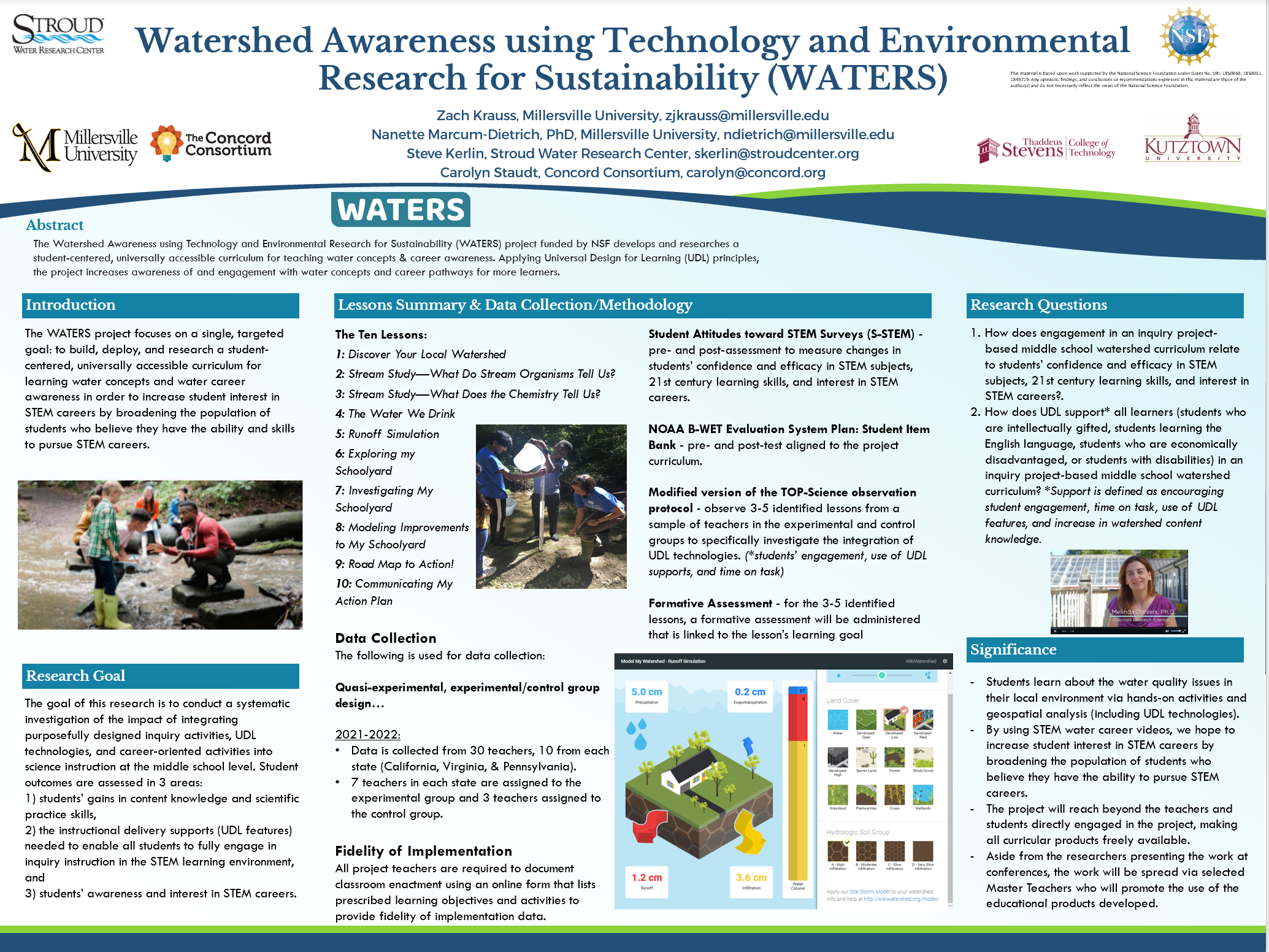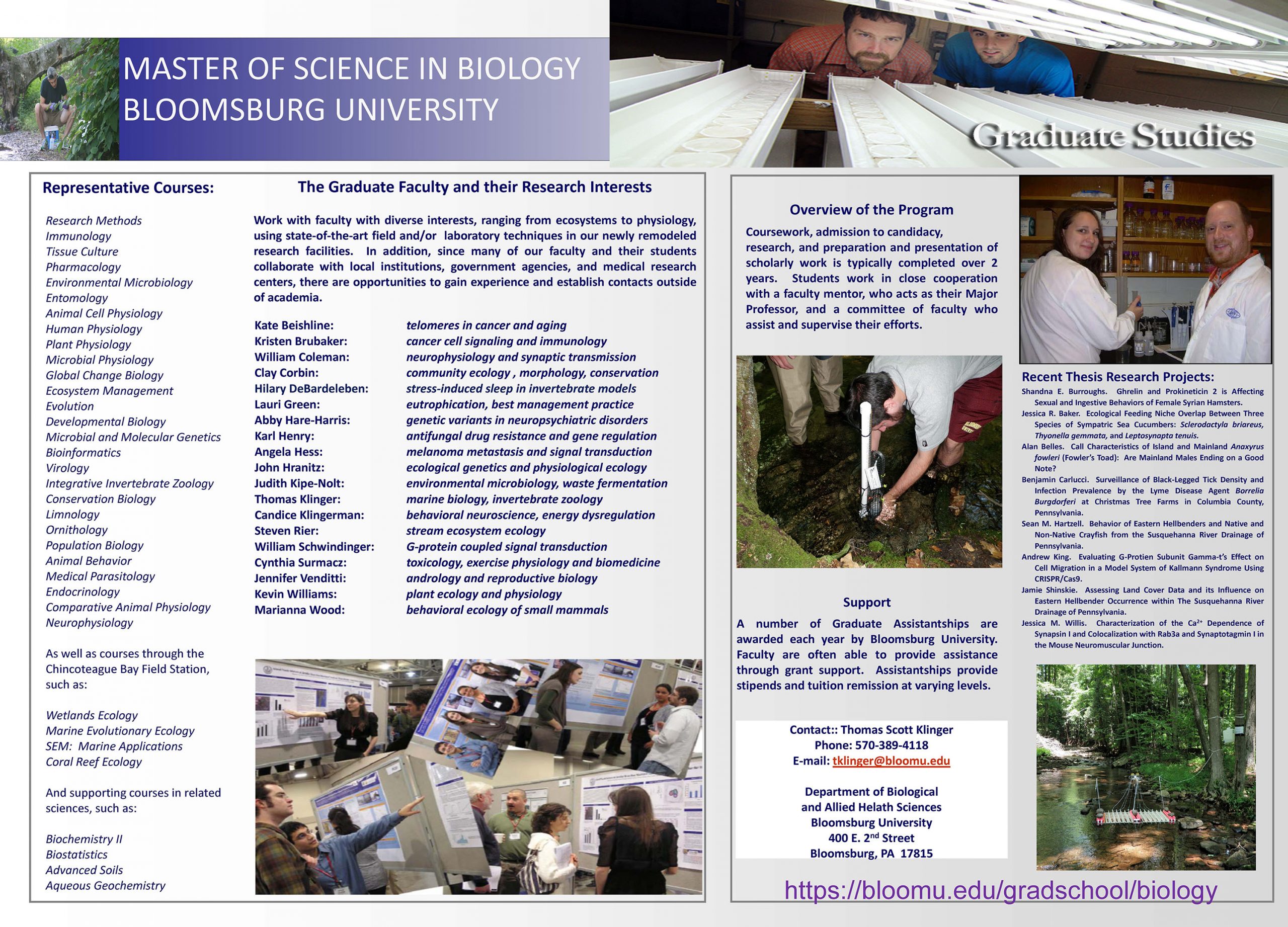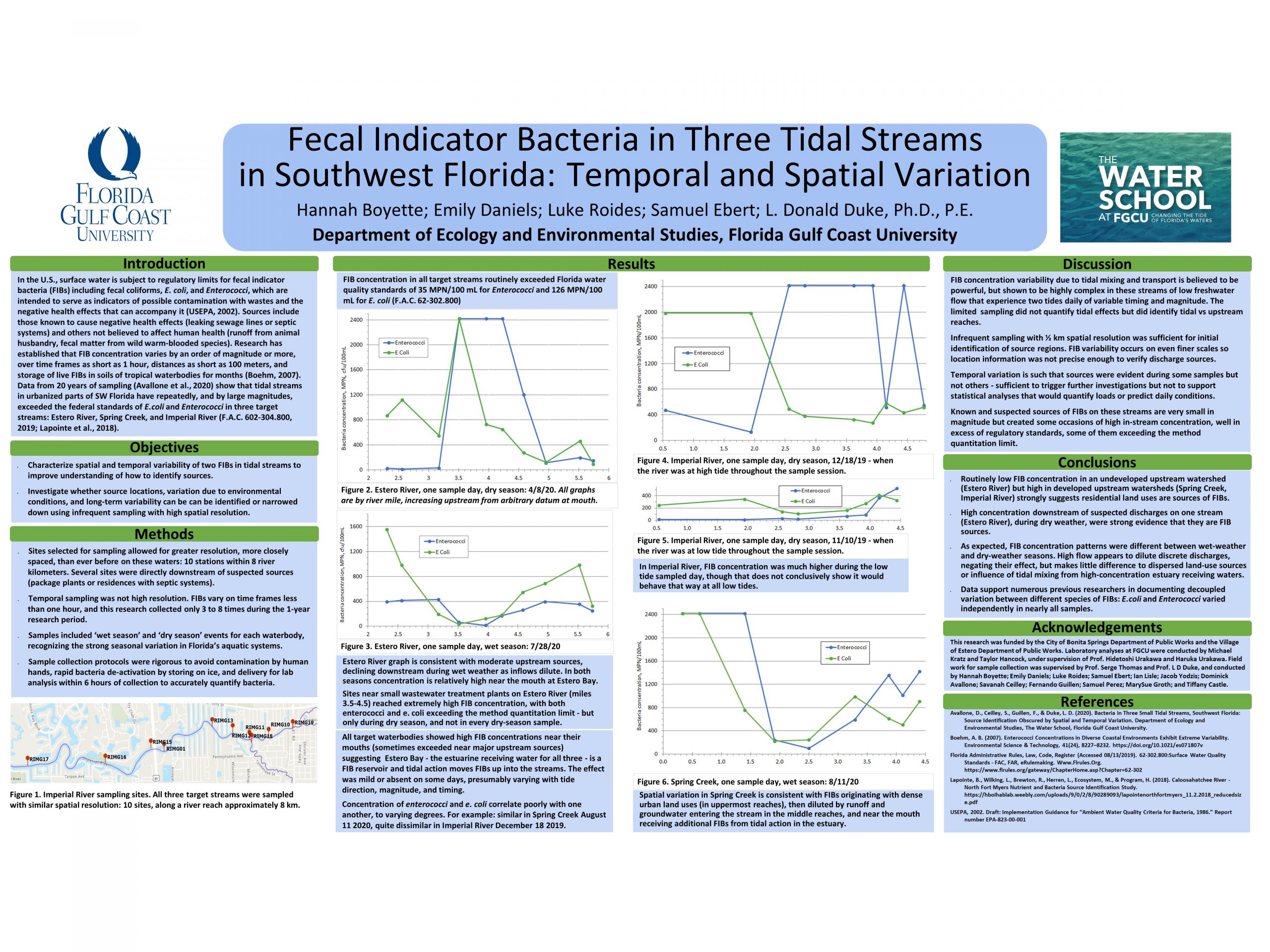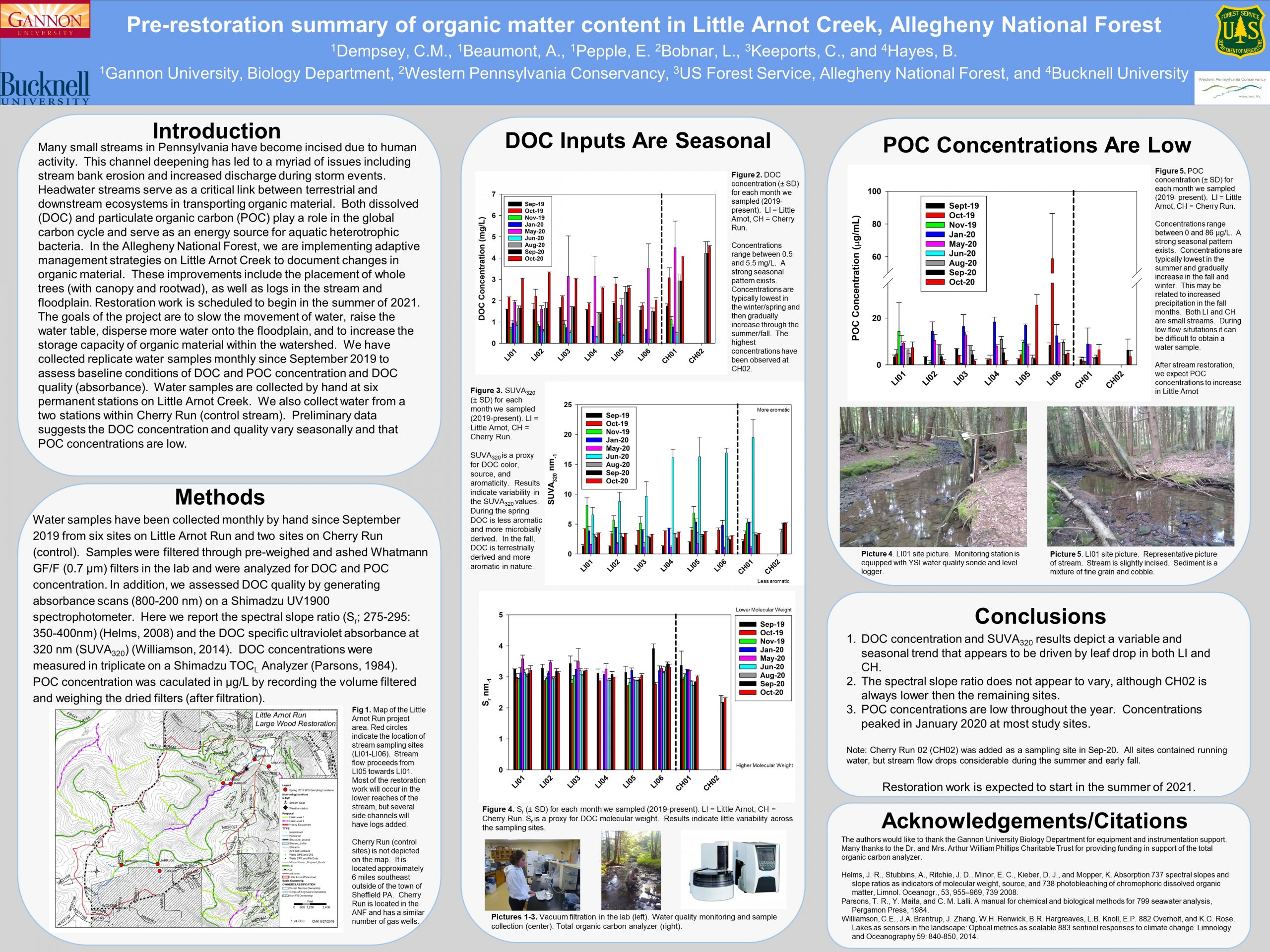Ecological Vitality: The Critical Third Leg of Sustainability @ Bucknell
Sustainability @ Bucknell praxis can be viewed in multidimensions with three critical legs on the tripod of both short- and longer-term resiliency and endurance of the campus community. These three legs are waste reduction, decarbonization and ecological vitality. Ecological vitality deals with natural habitat diversity and overall balance through effective conservation, restoration and protection. These three legs of sustainability are both interrelated and interdependent. An effective management for ecological vitality will results in both waste reduction and decarbonization. Each leg of the sustainability tripod require effective management, leadership and governance processes. At Bucknell, these processes are driven by key stakeholder groups beginning with the Environmental, Social and Governance (ESG) Subcommittee of the Board of Trustees (BOT) to the individual students, faculty, staff and the larger local-to-global Bucknell community. The paper presents the structural and process mechanisms established and implemented to ensure Bucknell’s journey towards ecological vitality through conversation and restoration.
